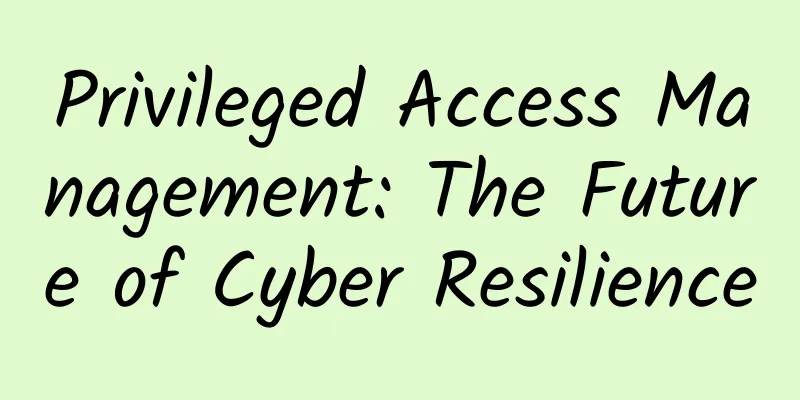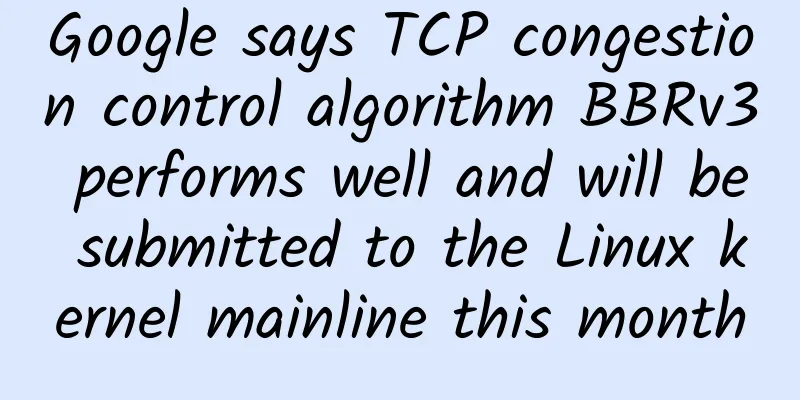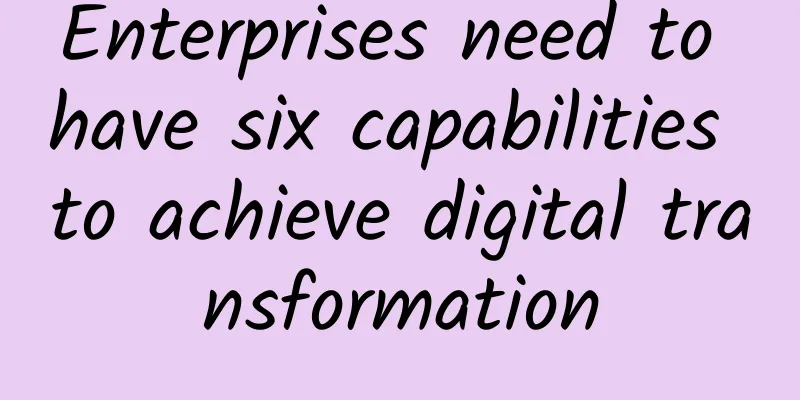Privileged Access Management: The Future of Cyber Resilience

|
Attacks against critical infrastructure and government agencies have been surging. Some attackers want to extort money; some intend to steal data. The victims all have one thing in common: the need to be able to defend against attacks and recover so they can continue to perform their duties. This is where cyber resilience comes in, and good privileged access management (PAM) is the cornerstone of digital security. Cyber resilience means that an organization can “anticipate, withstand, recover and adapt to adverse conditions, stresses, attacks or compromises of systems” in terms of digital assets and tools. Security measures are “built-in” in the architecture and design. Furthermore, this helps organizations better withstand attacks, failures, and continue to operate even in a degraded state. Business can continue to operate knowing that security and information safety are up to par. Privileged Access Management Improves Cyber ResilienceSo why is it so important to consider PAM? With PAM, you can protect, manage, and monitor privileged (high-level or limited) access to critical assets. PAM includes managing privileged access, password custody and management, multi-factor authentication, and session monitoring. PAM solutions can track the type of access assigned to each user and the servers they can access. If an attacker gets into a system, PAM can quickly and securely back up privileged access systems afterwards. At a minimum, it can prevent privileged account abuse in the first place. As a result, PAM improves network resiliency, bringing together access control and management, monitoring administrative accounts and enabling recovery in one central location. Real-world example: Don’t forget access controlWhy is this so important? Privileged access management can help close gaps in other security measures. For example, what if you recover from an incident by booting up a system that lacks administrator access controls? This could result in your system coming back online even less secure and riskier than it was initially. Another way PAM improves network resiliency is by enforcing least privilege and application control. This means that even trusted administrator users can’t just run arbitrary commands at will. So if an external attacker or an insider threat can access one account, they can’t open more doors from there. Additionally, PAM can be paired with artificial intelligence, active response, and zero-trust approaches to help protect against attackers’ latest tactics. For example, active response adds a SOAR tool into the mix that can respond to incidents and suspend accounts, disconnect sessions, or block access to stop attacks before they get far. Combining these with privileged access management covers more ground when it comes to cyber resilience. |
<<: If you were asked to design the SSL/TLS protocol
>>: Is 5G really green, or will it consume more resources?
Recommend
How Should Operators Carry Out Cross-industry Integration?
According to the information disclosed by the 201...
Microsoft drops OneDrive sync support for older versions of macOS
On August 8, Microsoft announced that they will d...
I dare say 99.9% of network engineers don’t know the four major indicators for locating wireless network failures!
1. Related concepts 1. Noise Floor Definition: It...
Let 5G play a role earlier and make 5G technology 4G
The popularity and application of 4G has opened t...
A curve shows what stage 5G, autonomous driving, and AI have reached
Recently, Gartner, a world-renowned IT market res...
Graph Algorithm Series: Shortest Path in Computational Graph
[[398324]] This article is reprinted from the WeC...
Qeru: $3/month KVM-3GB/40GB/5TB/Dallas Data Center
According to information from LET, Qeru recently ...
WiFi 7 is here. What are the improvements compared to WiFi 6?
WiFi 7 has become one of the hottest topics, espe...
What comes after 5G communications?
This topic seems a bit paradoxical. First of all,...
5G Snapshot: China: China's 5G Development Layout
The global economy has been put on hold due to th...
Let’s talk about edge computing from another perspective: the power supply pressure and computing power ratio are not high, is it over-hyped?
Edge computing has become increasingly popular in...
How many people can't tell the difference between wireless charging and wireless power supply?
Wireless charging is very popular recently, and m...
Cloud computing accelerates exponential upgrade of enterprises. Alibaba Cloud invites you to join us at Double 11 Beijing Station
Does the Double Eleven Shopping Festival only fav...
The significance of SDN deployment in developing countries
If you haven't been to Brazil, you should go ...
6 trends that will boost the impact of IoT in 2018
In 2016-2017, the trend of IoT was widely accepte...









